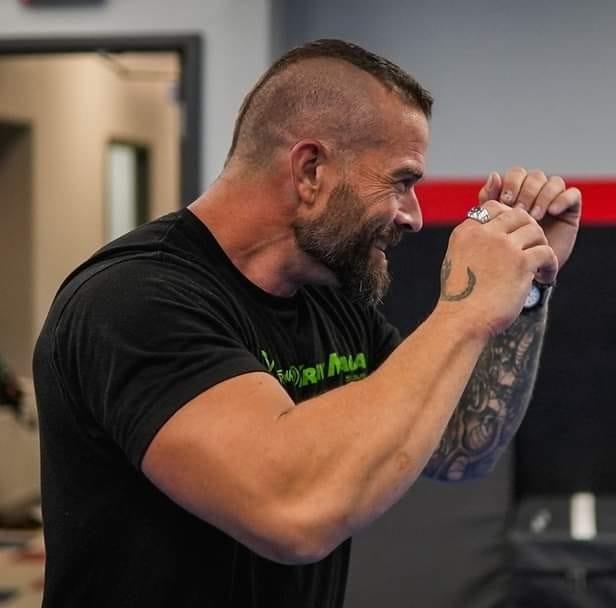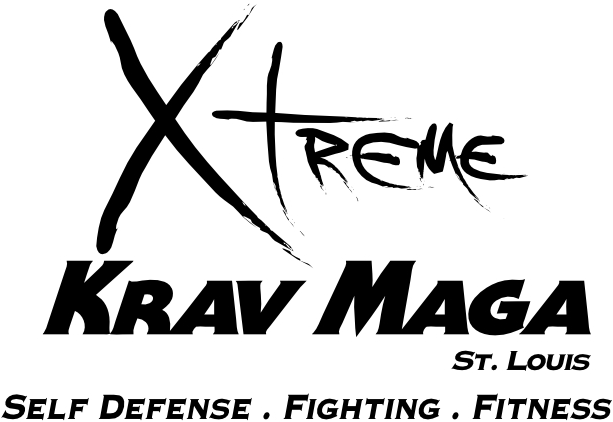Why Krav Maga Stands Out Among Self Defense Styles
When it comes to self-defense, the choices are abundant—from traditional martial arts like Karate and Judo to modern combat systems like MMA. However, Krav Maga, developed by the Israeli military, stands out for its practicality and effectiveness. Here’s why Krav Maga is often considered superior to other self-defense styles.
1. Real-World Application
Krav Maga was born out of the necessity to survive in the harsh realities of street combat. It’s designed not for the ring, but for real-life scenarios. This direct focus on real-world situations equips practitioners with the practical skills needed to defend themselves against various threats, including armed and multiple attackers.
2. Simplicity and Speed
Unlike many martial arts that require years to master complex techniques, Krav Maga emphasizes simple, effective moves that can be learned quickly by practically anyone, regardless of their physical condition or age. This simplicity means that you can become proficient enough to defend yourself in a much shorter time compared to other disciplines.
3. Aggressiveness and Assertiveness
Krav Maga is not about being passive. It teaches you to be aggressive and assertive when your safety is threatened. This mindset is crucial for survival, ensuring that you are not just defending passively but actively neutralizing threats, which can be a decisive factor in a dangerous encounter.
4. Adaptability
Krav Maga’s techniques are highly adaptable. They are not bound by rules or styles but can be modified in real-time to fit the specific scenario. Whether it’s adjusting a move to counter an unexpected weapon or changing your defensive tactic due to environmental constraints, Krav Maga prepares you to think and adapt quickly.
5. Fitness and Conditioning
Krav Maga is not only about fighting; it’s also a great workout. It improves physical conditioning, enhancing your strength, endurance, agility, and flexibility. These physical improvements contribute directly to your ability to defend yourself effectively.
6. Comprehensive Defense Tactics
Krav Maga covers a wide range of defensive tactics, from striking and grappling to weapon defense and disarmament. This comprehensive approach ensures that you are prepared for any type of confrontation, making it a more all-encompassing defense system than many traditional martial arts, which may focus more narrowly on specific types of fighting skills.
7. Psychological Preparedness
Krav Maga training includes preparing for the stress and shock of sudden, violent encounters. This psychological training helps you maintain composure, assess situations quickly, and make rapid decisions under pressure—skills that are crucial for real-world self-defense.
While no martial art or self-defense system can claim to be the ultimate form of protection, Krav Maga’s unique focus on practicality, simplicity, and real-world effectiveness makes it a strong contender for anyone serious about learning self-defense. Its holistic approach to both physical and psychological aspects of self-defense equips individuals not just to survive, but to thrive in the face of danger.
Krav Maga vs BJJ
Krav Maga and Brazilian Jiu-Jitsu (BJJ) are both martial arts with practical applications in self-defense, but they have distinct philosophies and techniques:
Krav Maga:
- Origin: Developed for the Israeli military, Krav Maga emphasizes practical self-defense in real-world situations.
- Focus: Striking, grappling, weapon defenses, and situational awareness.
- Philosophy: Aggressively neutralizing threats quickly and efficiently, often targeting vulnerable areas.
- Training: Includes drills simulating attacks, scenarios with multiple opponents, and weapon disarms.
- Strengths: Versatility in various self-defense scenarios, quick learning curve for basic techniques.
- Weaknesses: Less emphasis on ground fighting compared to BJJ, varying quality of instruction depending on the school.
Brazilian Jiu-Jitsu (BJJ):
- Origin: Derived from Judo and Japanese Jiu-Jitsu, BJJ focuses on ground fighting and submissions.
- Focus: Taking an opponent to the ground, controlling them, and applying chokes or joint locks to force a submission.
- Philosophy: Utilizing leverage and technique to overcome a stronger opponent, emphasizing positional control.
- Training: Primarily involves rolling (sparring) on the ground, drilling techniques, and studying positions.
- Strengths: Highly effective in one-on-one ground combat, provides a strong foundation for self-defense.
- Weaknesses: Limited focus on striking or weapon defense, less emphasis on situational awareness compared to Krav Maga.
Choosing between Krav Maga and BJJ:
The best choice for you depends on your individual goals and preferences. Consider the following:
- Self-Defense Priorities: If you want a broad self-defense system covering various situations, Krav Maga may be more suitable. If you want to specialize in ground fighting, BJJ is the way to go.
- Training Style: Krav Maga training is often more intense and scenario-based, while BJJ involves more technical drilling and rolling.
- Personal Preferences: Some people prefer the aggressive nature of Krav Maga, while others enjoy the problem-solving aspect of BJJ.
It’s recommended to research and visit different schools to get a feel for the training environment and instruction style before making a decision. You could also consider cross-training in both disciplines to gain a wider range of skills.
Krav Maga vs Muay Thai
Krav Maga and Muay Thai are both effective martial arts, but they have different origins, philosophies, and techniques:
Krav Maga:
- Origin: Developed for the Israeli Defense Forces, emphasizing practical self-defense in real-world scenarios.
- Philosophy: Focuses on neutralizing threats quickly and efficiently, often using aggressive and sometimes brutal techniques.
- Techniques: Includes strikes, kicks, elbows, knees, grappling, throws, takedowns, and defenses against various weapons.
- Training: Emphasizes realistic scenarios, often incorporating surprise attacks and multiple attackers.
Muay Thai:
Origin: Traditional martial art from Thailand, known as “the art of eight limbs” due to its use of fists, elbows, knees, and shins.
- Philosophy: Emphasizes powerful strikes and clinching techniques, with a strong focus on ring fighting and competition.
- Techniques: Primarily striking-based, with a wide range of punches, kicks, elbows, knee strikes, and clinching techniques.
- Training: Often involves extensive pad work, sparring, and conditioning to develop strength and endurance.
Key Differences:
- Purpose: Krav Maga is designed for self-defense in real-life situations, while Muay Thai is primarily a sport with self-defense applications.
- Techniques: Krav Maga incorporates a wider range of techniques, including defenses against weapons, while Muay Thai focuses primarily on striking.
- Training: Krav Maga training emphasizes realistic scenarios and aggression, while Muay Thai training focuses on technique, conditioning, and sparring.
Which one is right for you?
The best choice depends on your goals and interests. If you are looking for practical self-defense skills, Krav Maga may be a better fit. If you are interested in a striking-based martial art with competitive aspects, Muay Thai might be a better choice.
Krav Maga vs Karate
Krav Maga and Karate are both martial arts with different origins, philosophies, and techniques:
Krav Maga:
- Origin: Developed in Israel for self-defense and combat situations.
- Philosophy: Focuses on practicality and real-world scenarios, emphasizing quick neutralization of threats and survival.
- Techniques: Includes strikes, grappling, weapons defense, and techniques from other martial arts adapted for self-defense.
- Training: Often involves simulations of realistic attacks and scenarios.
- Purpose: Primarily for self-defense, military, and law enforcement applications.
Karate:
- Origin: Developed in Okinawa, Japan, with roots in Chinese martial arts.
- Philosophy: Encompasses physical and mental development, emphasizing discipline, respect, and self-improvement.
- Techniques: Primarily striking techniques (punches, kicks, etc.) with various styles emphasizing different aspects.
- Training: Often involves forms (kata), sparring (kumite), and basic drills.
- Purpose: Can be practiced for self-defense, sport competition, or personal development.
Key differences:
- Focus: Krav Maga is purely focused on self-defense and practical application, while Karate has a broader scope including sport, tradition, and personal development.
- Techniques: Krav Maga incorporates a wider range of techniques from various martial arts, including grappling and weapons defense, while Karate primarily focuses on striking.
- Training: Krav Maga training emphasizes realistic scenarios and simulations, while Karate training often involves forms, sparring, and drills.
Choosing between them:
- If your primary goal is self-defense and practical application, Krav Maga may be a better fit.
- If you’re interested in a martial art with a rich tradition, focus on personal development, and potential for sport competition, Karate may be a better option.
You can find more information and comparisons online, such as:
- Krav Maga vs Karate: https://kravmagalosangeles.com/krav-maga-vs-karate/
- Self Defense: Krav Maga vs. Karate: https://www.chicagonk.com/self-defense-krav-maga-vs-karate/
Source: Paul From My Krav Life












































